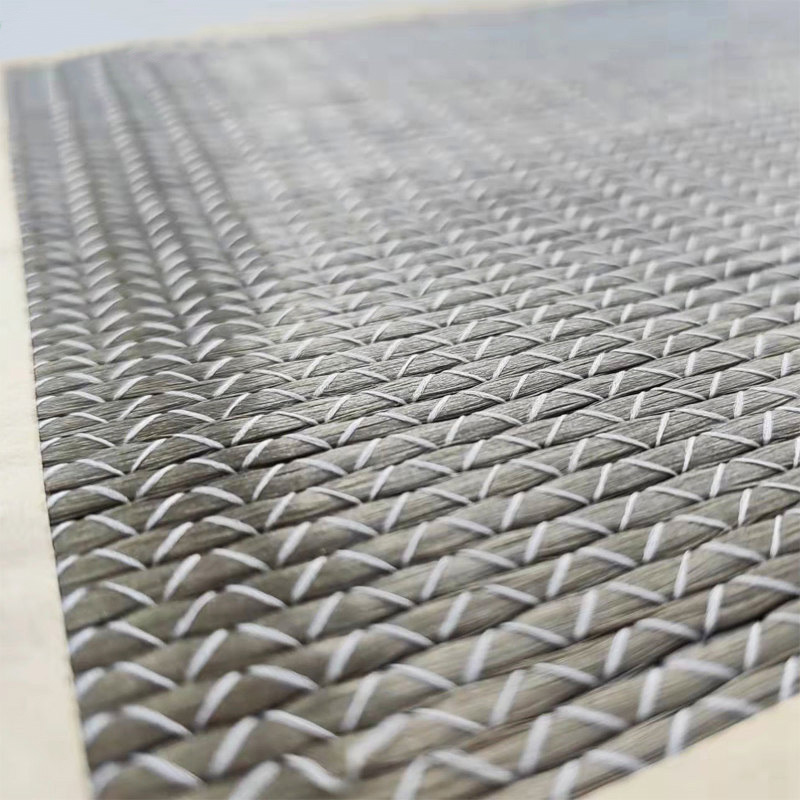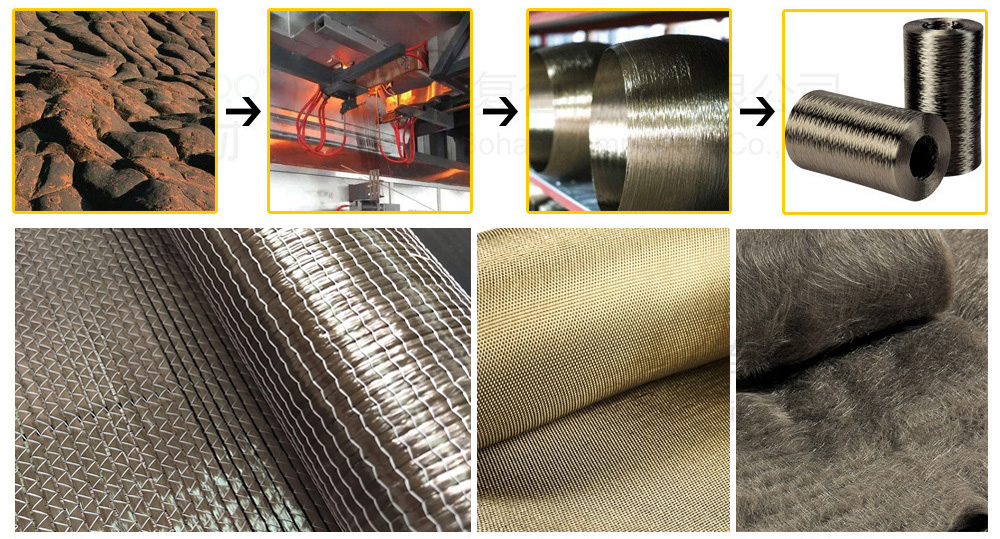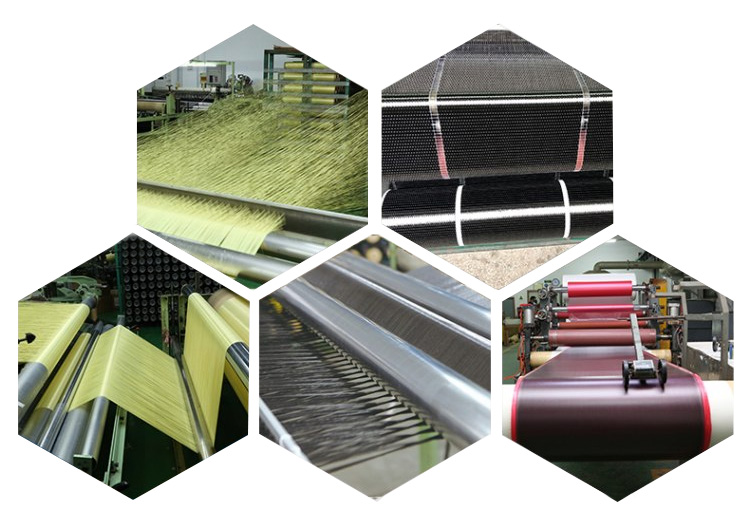Fire retardant and tear resistant basalt biaxial fabric 0°90°
Product Description
Basalt fiber is a kind of continuous fiber drawn from natural basalt, the color is usually brown. Basalt fiber is a new type of inorganic environmentally friendly green high-performance fiber materials, it is composed of silicon dioxide, oxide literacy, calcium oxide, magnesium oxide, iron oxide and titanium dioxide and other oxides. Basalt if continuous fiber is not only high strength, but also has electrical insulation, corrosion resistance, shape high temperature and many other excellent properties. In addition, basalt fiber production process determines the generation of waste less, less pollution to the environment, and the product can be directly after the waste degradation in the environment, without any harm, so it is a real green, environmentally friendly materials.
Basalt fiber multi-axial cloth is made of high performance basalt fiber untwisted roving woven with polyester yarn. Because of its structure, Basalt Fiber Multi-Axial Sewn Fabric has better mechanical and mechanical properties. Common basalt fiber multiaxial sewn fabrics are biaxial fabric, triaxial fabric and quadraxial fabric.
Product Characteristics
1, Resistant to high heat 700°C (heat preservation and cold preservation) and ultra-low temperature (-270°C).
2, high strength, high modulus of elasticity .
3, small thermal conductivity, heat insulation, sound absorption, sound insulation.
4, acid and alkali corrosion resistance, waterproof and moistureproof.
5, Smooth surface of silk body, good spinnability, wear-resistant, soft touch, harmless to human body.
Main Applications
1. Construction industry: thermal insulation, sound absorption, sound deadening, roofing materials, fire-resistant quilt materials, greenhouses, greenhouses and coastal public affairs, mud, stone board reinforcement, fire-resistant and heat-resistant materials, all kinds of tubes, beams, steel substitutes, pedals, wall materials, building reinforcement.
2. Manufacturing: Shipbuilding, airplanes, automobiles, trains with heat insulation (thermal insulation), sound absorption, wall, brake pads.
3. Electrical and electronics: insulated wire skins, transformer molds, printed circuit boards.
4. Petroleum energy: oil outlet pipe, transportation pipe
5. Chemical industry: chemical-resistant containers, tanks, drain pipes (duct)
6. Machinery: gears (serrated)
8. Environment: thermal walls in small attics, storage bins for extremely toxic waste, highly corrosive radioactive waste, filters
9. Agriculture: hydroponic cultivation
10. Other: Morning and heat resistant safety equipment















